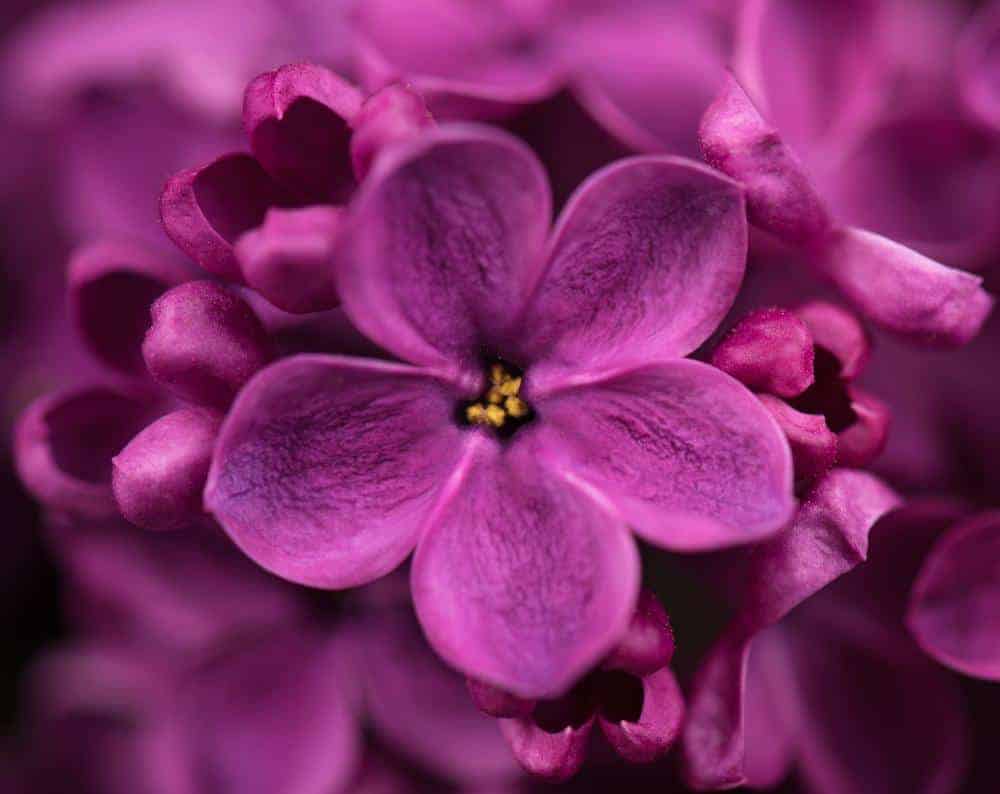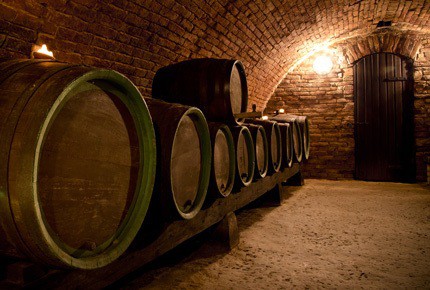How to Make Lilac Wine
If you’re looking for an unusual wine to brew at home, this lilac wine recipe is a delicious floral treat for all your senses.

For some, a glass of summer wine should be fruity, with hints of seasonal strawberries and plums. '
However, if you’d something a little more upmarket, a bottle of floral wine embodies everything wonderful about summer.
Not only does lilac wine taste sweet and floral, but the aromas will take you right back into a beautiful garden surrounded by flowers in full bloom.
This makes it an ideal wine for both enjoying in your garden on a summer’s night, as well as being a taste of summer memories when you’re deep into a chilly winter.
Of course, people are often put off the idea of creating a floral wine like lilac at home. As, unlike fruit, it’s believed that a flower wine recipe must be a far more difficult and time-consuming flavor to master.
Actually, though, a lilac wine recipe is just as simple as a fruit wine.
Even better, the recipe below can be substituted for various other flowers, such as elderflower, acacia, linden, rose or dandelion. All you need to do is swap the lilac for your flower of choice.
Picking Lilac Flowers
Firstly, to make this lilac wine, you’re obviously going to need some lilac. Now, for the best-tasting wine, you’re going to need to pick this lilac both at a specific time and place.
For one, you should pick open lilacs (or your flower of choice) on a warm and dry morning.
This is because, if you collect your lilacs after a rain shower, there will be less nectar in the flower, which you need for a tasty wine.
Lilacs need to be picked away from dusty roads, as the dust can get trapped in the flowers, adding a grainy texture to your wine.
You should also check that the smell of your lilac. If your lilac has a strong, sweet fragrance, then this smell will be transferred to your wine.
Conversely, if the smell isn’t pleasant, this will also be transferred. So, as silly as it might seem, give all your lilacs the sniff test before using.

Ingredients
Here's a list of the basic ingredients for a great lilac infused wine.
- 3.5 quarts of lilac flowers
- 2.5lbs granulated sugar
- 7.5 pints of water
- Juice of 2 average sized lemons
- Wine yeast or yeast made from raisins
- 1 tsp yeast nutrient
Whether you use a prepared wine yeast or make your own raisin yeast is a personal choice.
For beginners, though, it’s recommended that you use a prepared yeast. This is due to the fact that raisin yeast can be temperamental and doesn’t always work.
Wine yeast is found on the surface of fruits like raisins; however, many manufacturers will treat raisins, which kills this wine yeast.
So, when making your raisin yeast, prepare a few cultures from different brands of raisins.
A raisin yeast will need to be prepared in advance (around 4 to 5 days before you start the lilac wine process).
This is achieved by adding 2/3 cup of unwashed raisins into a sterile jar with 2 tbs of sugar and 150ml of water at room temperature.
Your jar should then be covered with a cheesecloth (secured with a rubber band) and left in a dark and warm place for around 4 days.
If your yeast has worked, it should be foaming and hissing. It will also have a sour smell. Be vigilant for mold, as this is a sign that your yeast is spoiled and needs to be thrown away.

Equipment
You’ll only need a few basic wine-making tools for your lilac wine. These can all be found online and you may get a bargain if you choose to buy second-hand.
- Fermentation Container
- Air lock
- Plastic siphon
- 2 x glass carboy/demijohn
- Funnel
- Wine bottles
- Screw lids or corks
It’s important that anything you use in the process is sterile. This can be done in a number of ways, such as a bleach solution or steam cleaning.
Never try to sterilize your bottles with soapy water, as this can leave a residue that transfers a soapy taste to your wine.
Recommended: We cover all things homemade apple wine in this article!

Our Lilac Wine Recipe
Now, you've got everything ready, let's find out how to make lilac wine.
Step 1 – Make the Must
The first step to make your lilac wine is to collect your flowers, adhering to the advice mentioned above. The flowers should be shaken gently, as this will help remove any dust, dirt or insects that may be hiding in the flowers.
Never wash the flowers, though, as you want the nectar of the flowers, otherwise, you’ll compromise the taste and fragrance of your wine.
You should remove the bitter parts of the flower, this includes the stalks, leaves and flower spikes. As you need a large amount of lilacs, you may wish to collect the flowers and freeze them throughout the summer.
The first process to make your lilac wine is to make a kind of lilac tea. To do this, add all your flowers to sterilized bowl, then pour in the boiling water. This should be covered and left for two days so that the flowers can steep in the water, transferring all the wonderful lilac flavor.
After the two days, you can transfer your lilac tea to the fermentation container. This should be done by straining the tea so that all the petals get removed.
Tip – to get the most flavor, use the back of a spoon to press the petals against the strainer. This will squeeze all your lovely flavor through.
Once strained, you should then add your sugar, lemon juice and yeast nutrient to the liquid. These should be stirred until all the ingredients have fully dissolved.
Only then should you add your chosen yeast to the top of the mixture. Do not stir the yeast, rather just tightly seal the container and leave in a warm, dark place to ferment over a week.
Step 2 – The Fermenting and Racking of Your Wine
After the initial seven-day fermentation period, it’s time to transfer your must into your sterile carboy/demijohn using a funnel. This should then be airlocked and left to ferment for a month in a dark, warm place.
Once your wine has fermented for a month, it’s time to rack your wine. This basically means that your going to siphon your wine into a new (sterilized) demijohn.
This process makes your wine clearer as solids are left at the bottom of the previous demijohn.
At this point you can taste your wine and add more sugar if you prefer. Generally, a lilac wine is quite dry, but you don’t want it to be too dry.
You should continue to rack your wine until it is clear and if you’re adding sugar it will need racked every time you add sugar.

Step 3 – Bottle Your Wine
When your wine is clear and you’re happy with the sweetness, then it’s time to bottle your lilac wine. To do this, siphon your wine into sterilized bottles and seal. Remember, your lids or corks will need to be sterile too.
Once bottled, you should leave your wine to rest for around three to six months before opening.
It might seem like a long process, but it will be worth the wait when you’re enjoying a delicious glass of lilac wine!
We’d love to hear about your experiences making this awesome floral wine! Make sure and let us know how you got on down in the comments section.
Likewise if you’ve got any alternative recipes, we’d love to hear about it!
